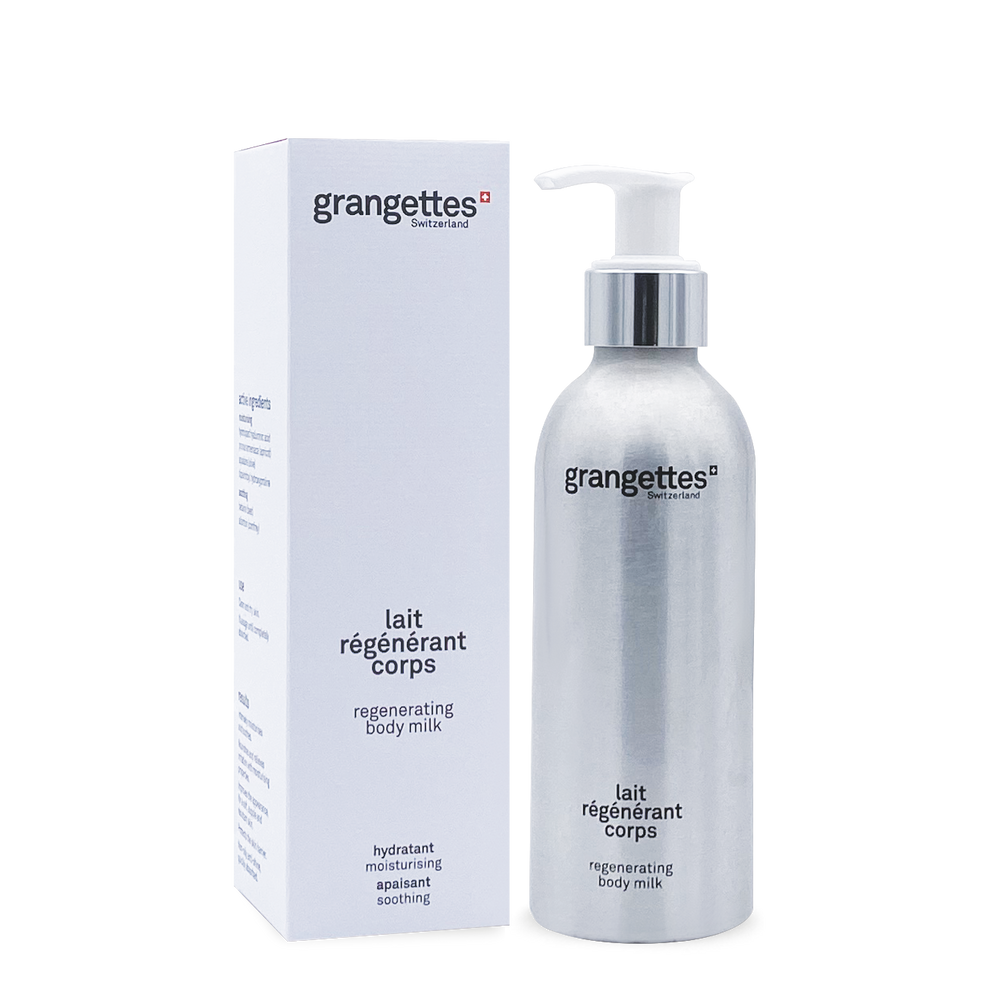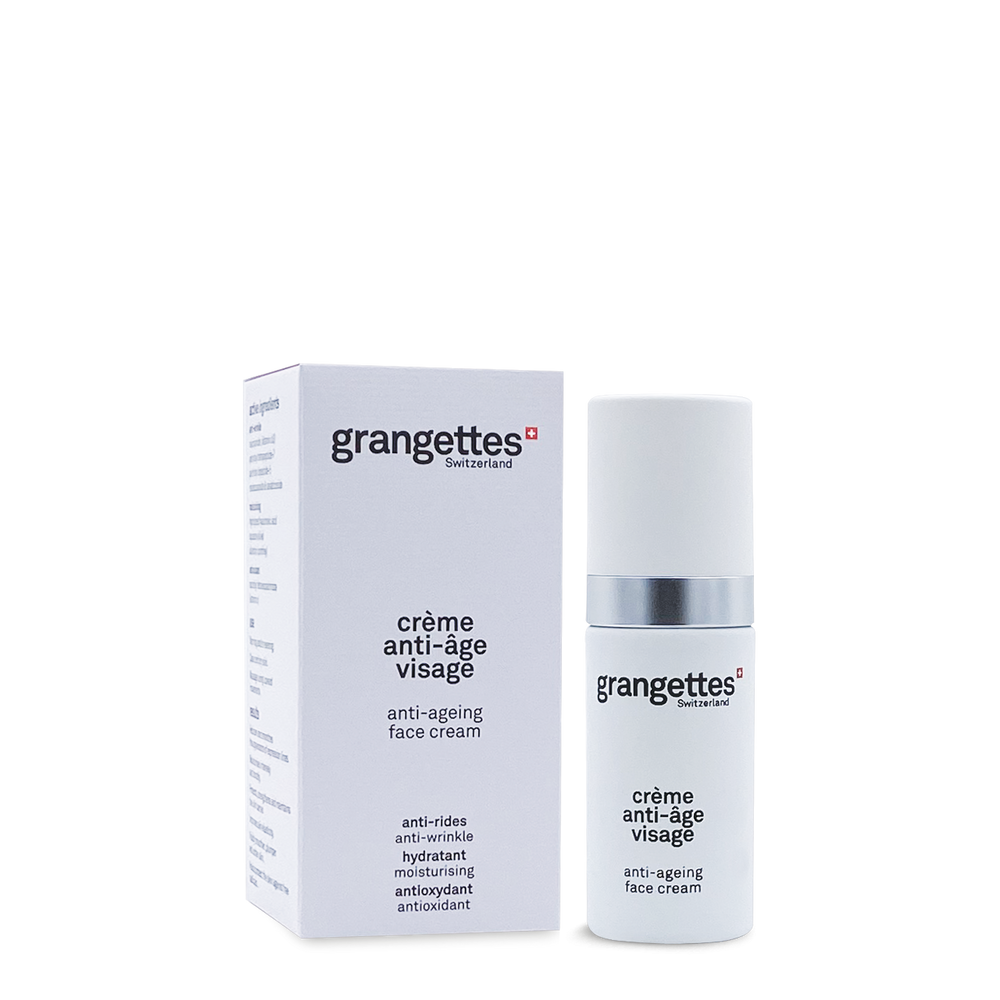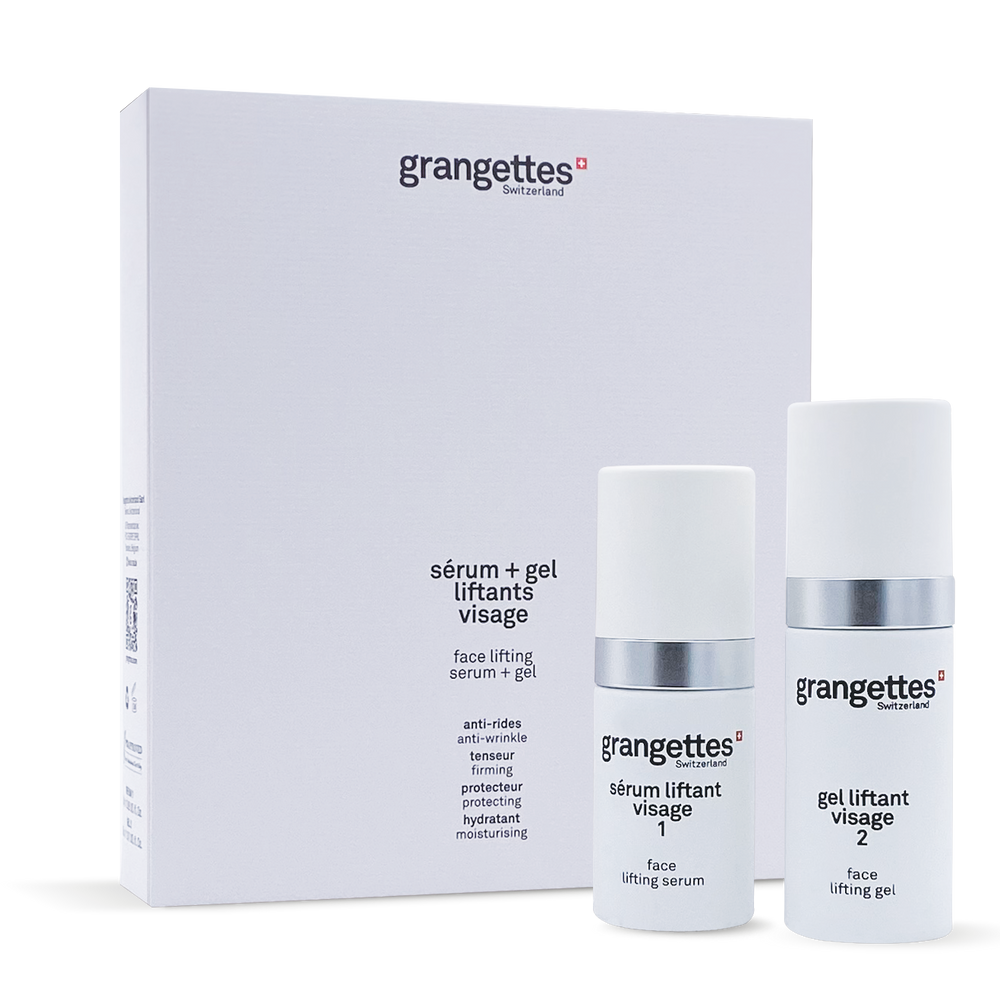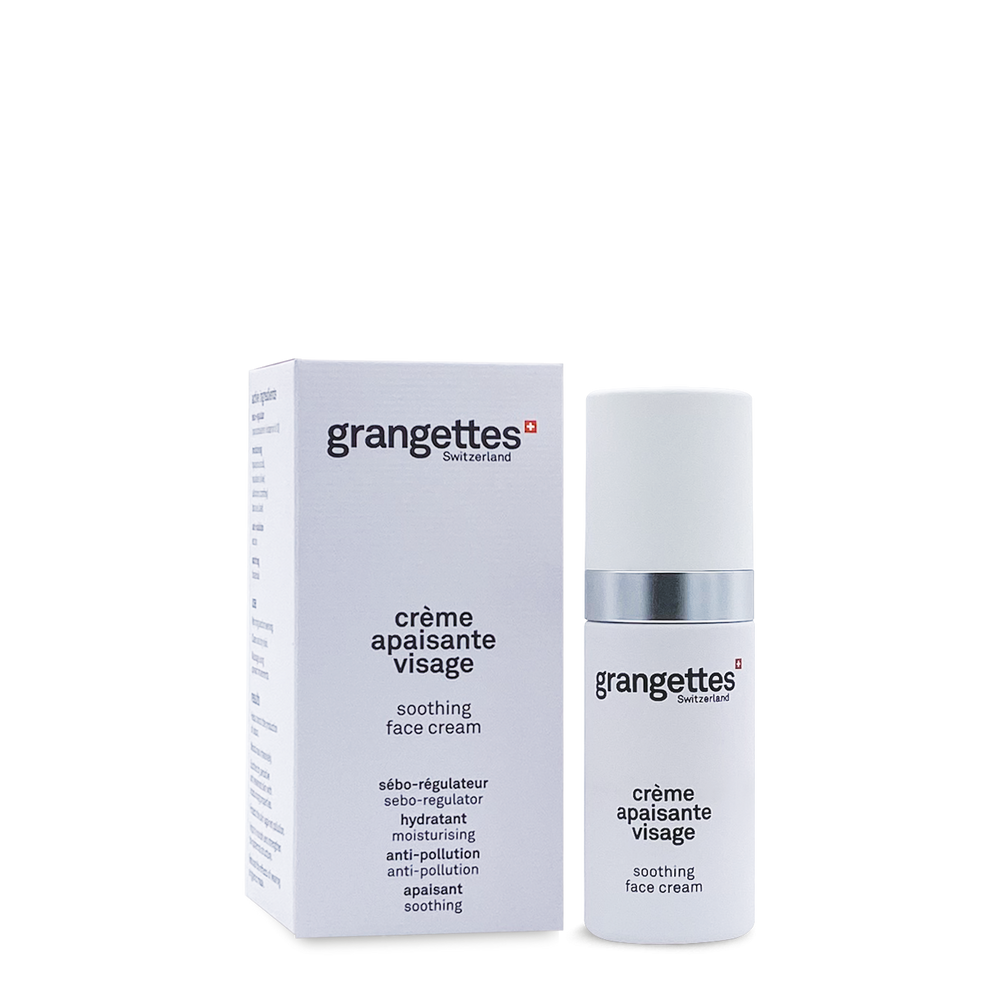The effects of the sun on the human body
The sun promotes the synthesis of vitamin D
Let's start with the main positive effect of the sun. Beyond the fact that it gives us a nice tan and often puts us in a good mood thanks to the synthesis of melatonin and serotonin, it is the main source of vitamin D (also called “calciferol”).
This vitamins is known for its protective effect on the bone system : prevention of osteoporosis in the elderly and rickets in children, assimilation of calcium, preservation or even increase of the bone density, etc. It also contributes to the renewal of muscle fibers, protects neurons, or even reduces the risk of cardiovascular illnesses.
As you can see, vitamin D is essential! However, there is no need to expose yourself for hours to benefit from its benefits: 15 minutes d’exposition daily on the hands and arms is enough!
The sun and its effects on the skin
The sun has an oxidizing action, due to UV radiation. Depending on the type of skin and the duration of exposure, this action is transformed into oxidative stress, releasing free radicals and weakening the collagen and elastin fibers, which generates a premature aging skin : wrinkles, loss of firmness, brown spots, or even melasma (commonly called “the pregnancy mask”).
The sun and its effects on health
THE solar rays promote skin diseases, notably carcinomas and melanomas (melanocyte tumors) by damaging the very structure of the skin, the DNA. Very dangerous, melanoma is a cancer that can be fatal if not detected and treated in time. It can even occur in people who have little exposure to the sun.

How to protect yourself from the sun?
Avoid exposure
The most effective method is simply to avoid exposure as much as possible, especially at times of greatest risk: between 11 a.m. and 4 p.m..
UV protective clothing
THE UV clothing filter nearly 98% of the sun's rays thanks to a tighter mesh than conventional clothing, coupled with a special treatment aimed at reflecting or absorbing the rays. It is ideal for babies and children, but also for adults.
Also think about sunglasses, to hats and other headwear!
Sun creams
THE sun creams are also a great way to protect yourself. They should be applied every two hours, without skimping on the quantity!
The market is vast. To choose his ideal sunscreen, it is necessary to take into account its phototype (i.e. their skin type), the SPF (level of protection), its water resistance… It is also important that it filters both UVA, responsible for skin aging, and UVB, responsible for burns.
The importance of damage caused by UV depend on two criteria:
- The skin type : fair skin being more easily prone to sunburn;
- L’intensity of solar radiation : it depends on the time at which you expose yourself, the duration of the exposure, the altitude, the latitude, the place where you are located (sea, mountain…), the level of reverberation… The UV index can range from 1 to 11.
Find the right SPF for your sunscreen
To choose the right sunscreen, you have to know how to choose the right “Solar Protection Factor” (SPF) in French or “Sun Protector Factor” (SPF) in English. The latter is mentioned directly on the packaging of sunscreen products and specifies their level of protection against UVB rays.
In fact, UVB rays are considered the most dangerous ultraviolet (UV) rays because they burn the epidermis and cause sunburn. This is why you must apply your cream at each exposure, especially if your skin is insufficiently protected by melanin pigments.
In addition, UVB rays are the cause of 90% of skin cancers. You must therefore protect yourself, whatever your skin type.
Because even if eumelanin is a partial sun protector, your skin is not entirely protected from the dangers of the sun.
There are 4 categories and 8 indices of Sun Protection Factors:
- Low protection: SPF of 6 or 10
- Average protection: SPF of 15, 20 or 25
- High protection: SPF 30 or 50
- Very high protection: SPF 50+
The index corresponds to the reflection of the quantity of UVB that the skin receives and is calculated according to the ratio 1/index. With an SPF of 50 (i.e. 1/50), the amount of UVB received is 2%. The SPF50 therefore protects 98% of solar radiation, i.e. 50 times more than unprotected skin.
In addition, an SPF30 (i.e. 1/30) filters 96.7% of UVB rays, and receives 3.3% of UVB. There is therefore little difference between these two high protections.
According to European regulations, sunscreens must guarantee UVA protection at least equal to one third of UVB protection. Thus, if you opt for a cream with a protection factor of 30 for UVB, the protection against UVA will be at least 10.

Know your phototype to better choose your sunscreen
There are several phototypes, which can determine the protection index you will need:
- Phototype 0: skin that burns very easily and should never be exposed. It is very rare, it is albino people, and the population without melanocytes.
- Phototype 1: these are people with very fair, white skin, who have blond or red hair, blue or green eyes, freckles. In the event of exposure, even of short duration, sunburns appear.
These two phototypes need very high protection.
- Phototype 2: people have very fair skin that can become tanned, blond or light brown hair. Freckles appear in the sun, the skin burns easily and tans slightly.
- Phototype 3: these are people who have tanned skin, blond or brown hair, who have few (or no) freckles. The skin burns moderately and tans gradually.
These two phototypes need very high or high sun protection.
- Phototype 4: these are dark skin, people with chestnut or brown hair, no freckles, who barely burn when exposed and tan easily.
This photoype needs medium or high protection.
- Phototype 5: these are people who have dark brown, naturally pigmented skin, black hair and eyes. The skin rarely burns and tans a lot.
- Phototype 6: they have black skin, black hair and eyes, and do not burn.
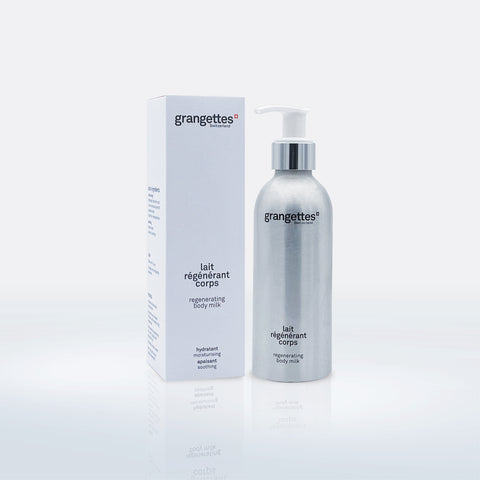
Grangettes Switzerland and sun protection
You know it: at Grangettes Switzerland, we offer ethical, effective and sensory products. All our products have an excellent rating on Yuka and on others applications de notation.
At present, the science of cosmetology does not allow us to offer a sun protection product corresponding to our 100% clean charter and offering a sensory and pleasant application experience (no white and sticky appearance) while ensuring safety for health and the environment.
We are currently working on a formulation that can meet all of our criteria, namely a filtration without controversial and efficient ingredients UVA and UVB with a high SPF and a pleasant experience that makes you want to apply the cream more often. We are perfectionists and prefer to wait for the right solution before releasing our own range of solar products. In the meantime, think about your post-sun exposure hydration in choosing one of our ultra moisturizing treatments !
Ultra-hydrating after-sun care
After-sun body hydration: regenerating body milk
- Regular price
- CHF 35.00
- Regular price
- Sale price
- CHF 35.00
- Unit price
- per
After-sun facial hydration: anti-ageing face cream; face lifting serum + gel
- Regular price
- CHF 37.00
- Regular price
- Sale price
- CHF 37.00
- Unit price
- per
- Regular price
- CHF 74.00
- Regular price
- Sale price
- CHF 74.00
- Unit price
- per
After-sun facial hydration if skin reaction or redness: soothing face cream
- Regular price
- CHF 35.00
- Regular price
- Sale price
- CHF 35.00
- Unit price
- per



